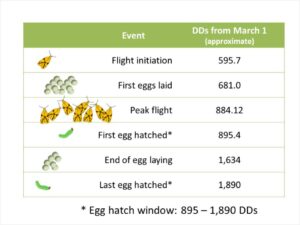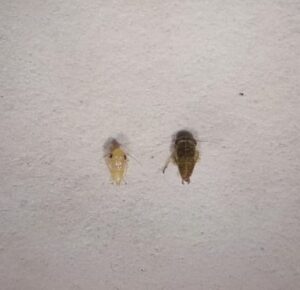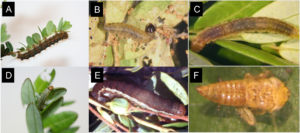A team of researchers across the United States is studying approaches to management of spotted-wing drosophila in organic fruit crops, with funding from the USDA-Organic Research and Extension Initiative. Their annual project webinar will be held on Wednesday February 7, 2024 at 2-3:30 pm Eastern Time. Please join the team members for this event that will update attendees on recent research and the emerging results from studies underway in various berry crops. Presenters will focus on recent efforts to release the classical biological control agent Ganaspis brasiliensis at organic sites nationwide, and will include Dr. Jana Lee (USDA ARS), Dr. Kent Daane (UC Berkeley), and Dr. Philip Fanning (University of Maine).
The webinar is free, but you must register in advance to get the link for this presentation. To register, please visit this link: oregonstate.zoom.us/webinar/register/WN_efBnBYi8QDSzu2NOGopQBg#/registration



